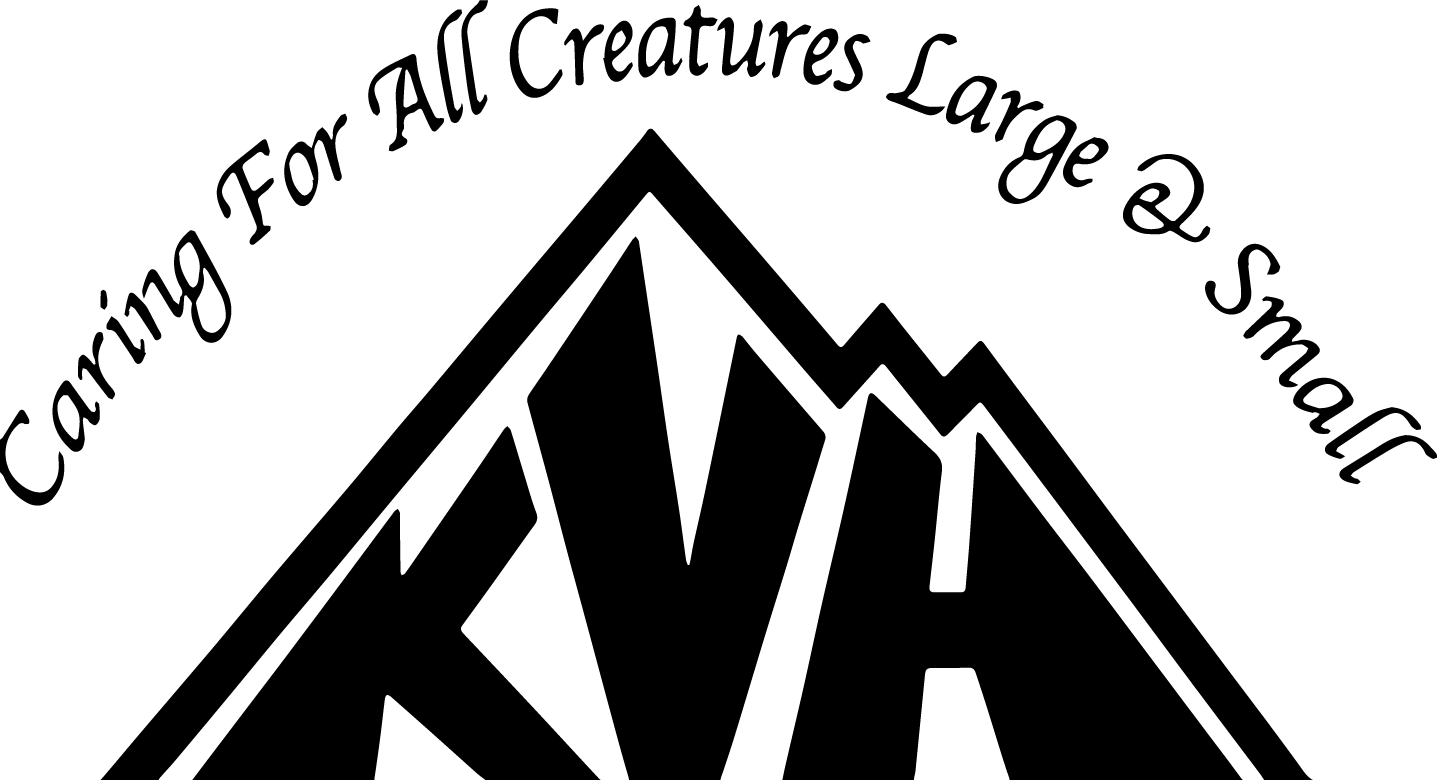by Dr. Gale Dejong, DVM
Hoof issues are a leading cause of lameness in the goat. Hoof overgrowth is the most common foot disorder. The environment, nutrition balance, and base anatomy of the goat all contribute to hoof growth and stress. Feeding a diet where the goats are gaining weight will also accelerate hoof growth. Nutrition balance including the balance of trace minerals and vitamins will promote a healthier hoof. Wet and muddy conditions cause more hoof stress and lead to more hoof problems. Thus the environment of Whatcom County begins the challenge for the healthy hoof.
How often should goat hooves be trimmed? That of course depends on the above issues with diet, wet conditions, hard surfaces to wear down hoof growth, and the activity of the goats. Yet in our wet environment many goats need their hooves trimmed every 6 – 8 weeks. Building a “large rock park” or use of concrete ecology blocks for the goats to climb will help to wear excess hoof growth and strengthen hoof health.
Diet is also critical in building a healthy hoof. Over feeding of grain or high protein feeds accelerates hoof growth. Over feeding also can lead to the disease of laminitis which can be devastating to the goat foot. Laminitis can lead to permanent deformity of the foot and hoof. Goats need to eat primarily forage (not grains). Water is required free choice. Major minerals of calcium, phosphorus, and magnesium need to be balanced in the diet. The calcium/phosphorus balance needs to be between 1/1 and 2/1. Adding a small amount of alfalfa pellets (e.g. ½ cup per adult goat per day or every other day) will provide these minerals as well as additional protein to the diet. This will help to balance with our local grasses or local hay as the primary portion of the diet. Trace minerals and vitamins are required as building blocks for the goat to grow a healthy hoof. In the Northwest we are deficient in copper, zinc, and selenium. These need to be provided to the goat via a supplement which should also contain vitamins A, D, and E. This is a prevention needed in all goat diets. Always select a mineral product designed only for goats. Note: Sheep need a separate mineral as they have different needs.
Hoof trimming needs to be done often enough to prevent the hoof from growing into deformity. The goal is to remove the outside wall of the hoof and to flatten the hoof so the outside and inside walls are level with the sole and no debris is trapped against the sole of the foot. Then the goat should stand with his sole flat on the ground when finished. Keeping the hooves trimmed will also reduce the chances of infectious foot conditions as foot scald or foot rot. These infectious conditions can pass from goat to goat. Thus prevention is our goal. When trimming hooves be on the lookout for cracked hoof or skin on the foot. These are the portals of entry for hoof infection. All these lesions need to be treated with a topical treatment to combat infection and to promote healing. I particularly like Koppertox, but there are many choices available.
If you have any concerns of questions about hoof and foot issues with your goat we at Kulshan Veterinary Hospital are happy to be of help.

